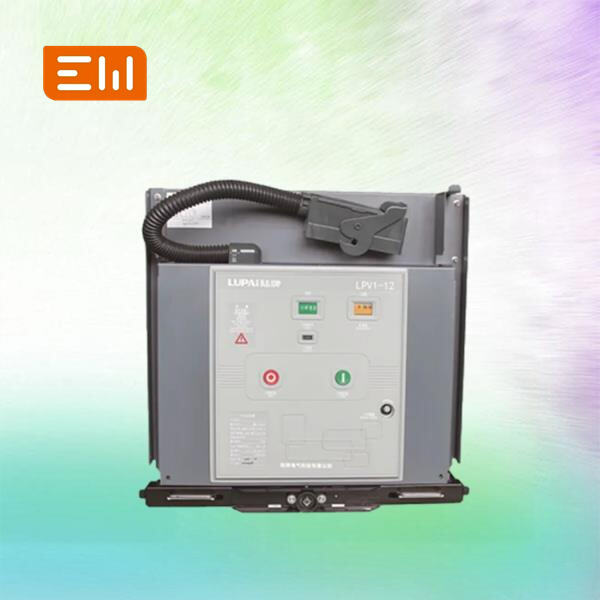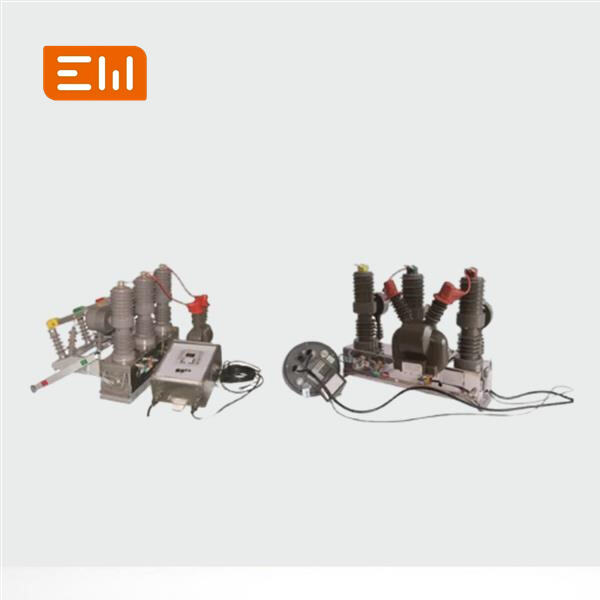เรามีเครื่องมืออย่างเช่น เซอร์กิตเบรกเกอร์และฟิวส์เพื่อปกป้องเราจากอันตรายทางไฟฟ้า เมื่อเราต้องการให้บ้านของเราปลอดภัย พวกมันเป็นซูเปอร์ฮีโร่ที่มาช่วยเหลือเมื่อมีข้อผิดพลาดทางไฟฟ้าในบ้าน แต่เซอร์กิตเบรกเกอร์และฟิวส์คืออะไร และพวกมันแตกต่างกันอย่างไร? มาดูกันว่าเครื่องมือสำคัญเหล่านี้ช่วยให้เราปลอดภัยได้อย่างไร ทั้งเซอร์กิตเบรกเกอร์และฟิวส์ช่วยปกป้องบ้านของเราจากการได้รับกระแสไฟฟ้าที่มากเกินไปจนอาจทำให้เกิดไฟไหม้ได้ แต่กลไกการทำงานของพวกมันแตกต่างกัน A เครื่องตัดวงจร เป็นสวิตช์ชนิดหนึ่งที่จะตัดออกเมื่อมีกระแสไฟฟ้าผ่านไปมากเกินไป ซึ่งจะตัดพลังงานและช่วยลดความเสียหายที่อาจเกิดขึ้น ฟิวส์ก็คือลวดบางๆ ที่หลอมละลายได้หากมีกระแสไฟฟ้าผ่านไปมากเกินไป เมื่อฟิวส์หลอมละลาย มันจะตัดวงจรและตัดไฟฟ้า
นี่คือปัจจัยบางประการที่ควรพิจารณาเมื่อเลือกระหว่าง เซอร์กิตเบรกเกอร์อากาศ vs ฟิวส์ เซอร์กิตเบรกเกอร์มีต้นทุนเริ่มต้นสูงกว่า แต่สามารถรีเซ็ตและใช้ซ้ำได้ ทำให้เป็นทางเลือกที่ดีกว่าในระยะยาว ฟิวส์มีราคาถูกกว่าในระยะสั้น แต่ต้องเปลี่ยนใหม่ทุกครั้งที่ขาด เมื่อคุณกำลังเลือกว่าจะใช้อะไรสำหรับบ้านของคุณ โปรดพิจารณางบประมาณของคุณรวมถึงความสะดวกในการใช้งาน

ซ้ำอีก: เบรกเกอร์และฟิวส์มีบทบาทสำคัญในการป้องกันอันตรายจากไฟฟ้าในบ้าน หากไม่มีพวกมัน บ้านของเราอาจลุกโชนหรือได้รับความเสียหาย และ แผงกระจายตัวกรนิยามกระแสไฟฟ้า ฟิวส์ช่วยปกป้องเราและบ้านของเราโดยการตัดกระแสไฟอย่างรวดเร็วเมื่อมีบางอย่างผิดพลาด

เบรกเกอร์และฟิวส์ตรวจสอบการไหลของกระแสไฟฟ้าในวงจร หากพลังงานสูงเกินไป เปลี่ยนเซอร์กิตเบรกเกอร์ จะปิดลงและขัดจังหวะพลังงาน ฟิวส์จะหลอมละลายเมื่อมีกระแสไฟฟ้าเกินพิกัด โดยแนวคิดคือการตัดวงจรเพื่อไม่ให้มีกระแสไฟฟ้าไหลเพิ่มเติม อุปกรณ์ทั้งสองปกป้องเราและป้องกันความเสียหาย

คุณอาจพบทั้งสอง เครื่องตัดวงจร และฟิวส์ในบ้านของคุณ ป้องกันระบบไฟฟ้า เครื่องใช้ไฟฟ้าขนาดใหญ่มักจะใช้เซอร์กิตเบรกเกอร์ ในขณะที่ฟิวส์ใช้งานในวงจรที่เล็กกว่า การใช้ทั้งสองอย่างจะช่วยให้มั่นใจได้ว่าบ้านของคุณได้รับการปกป้องจากอันตรายทางไฟฟ้า